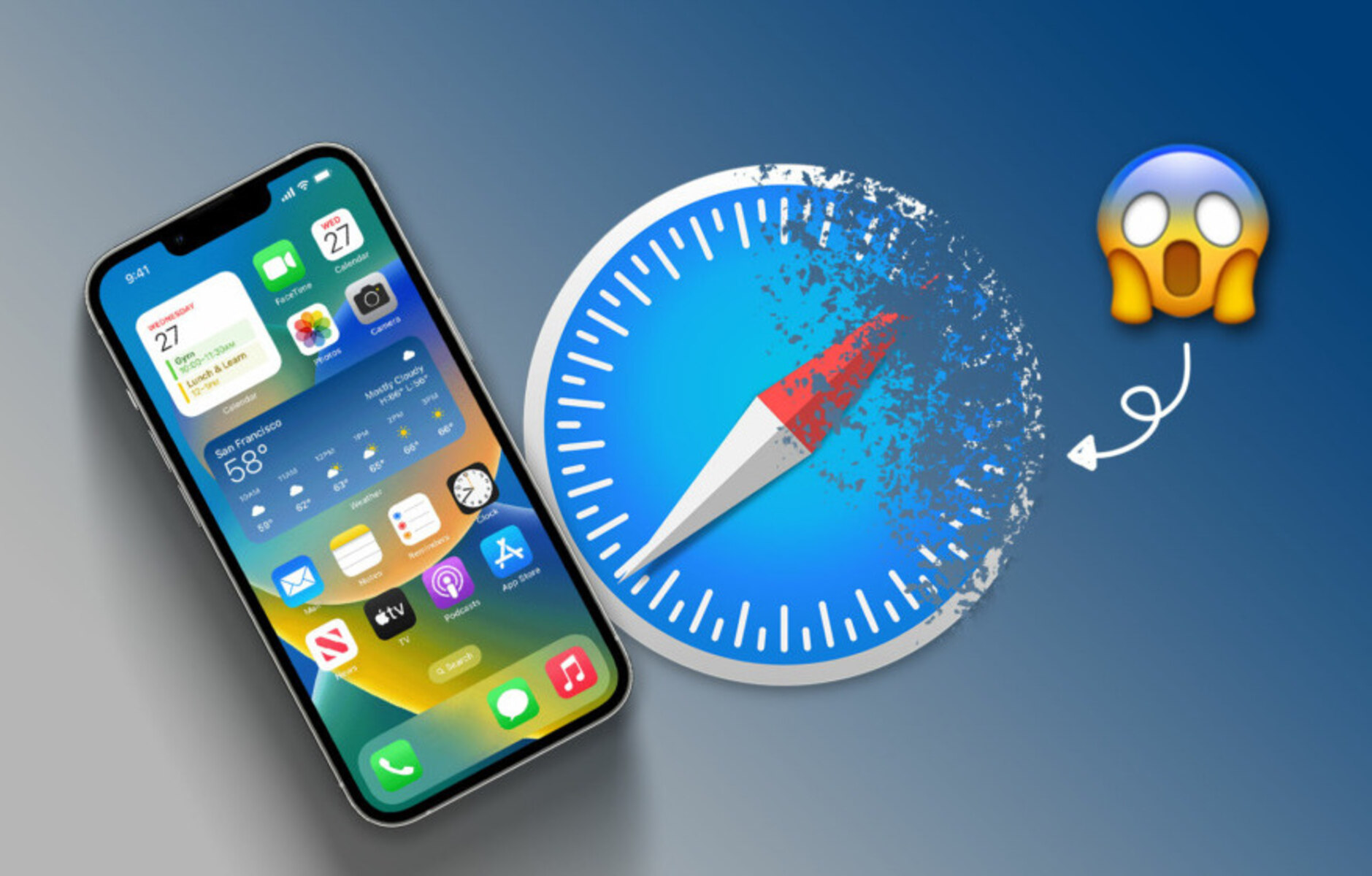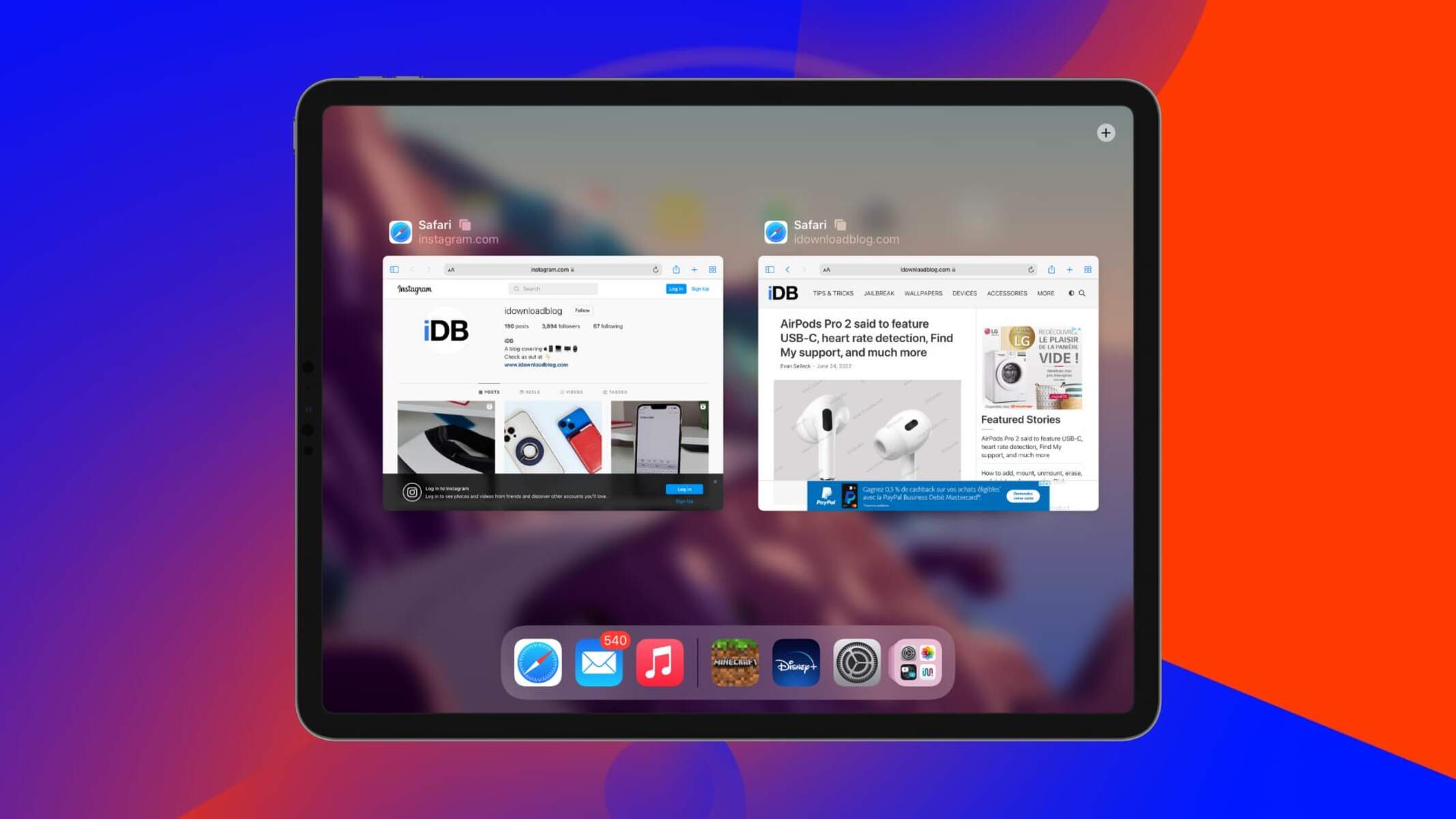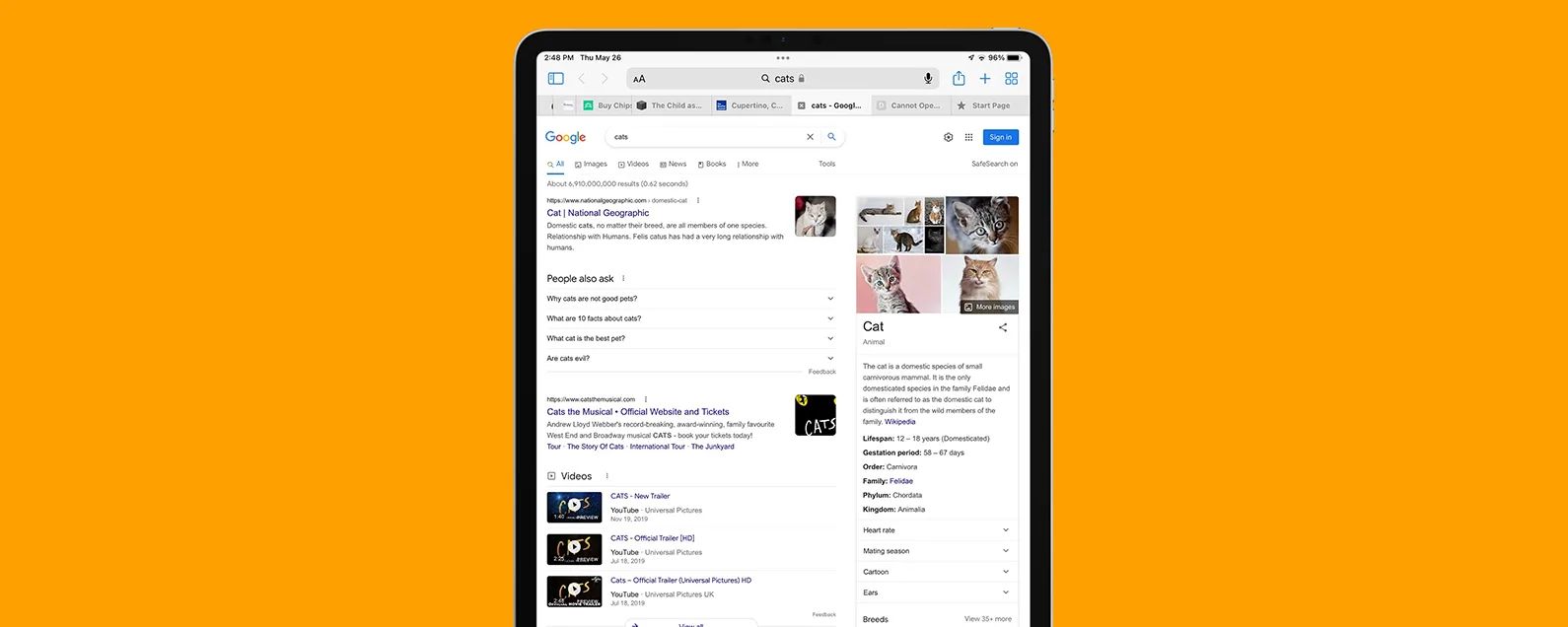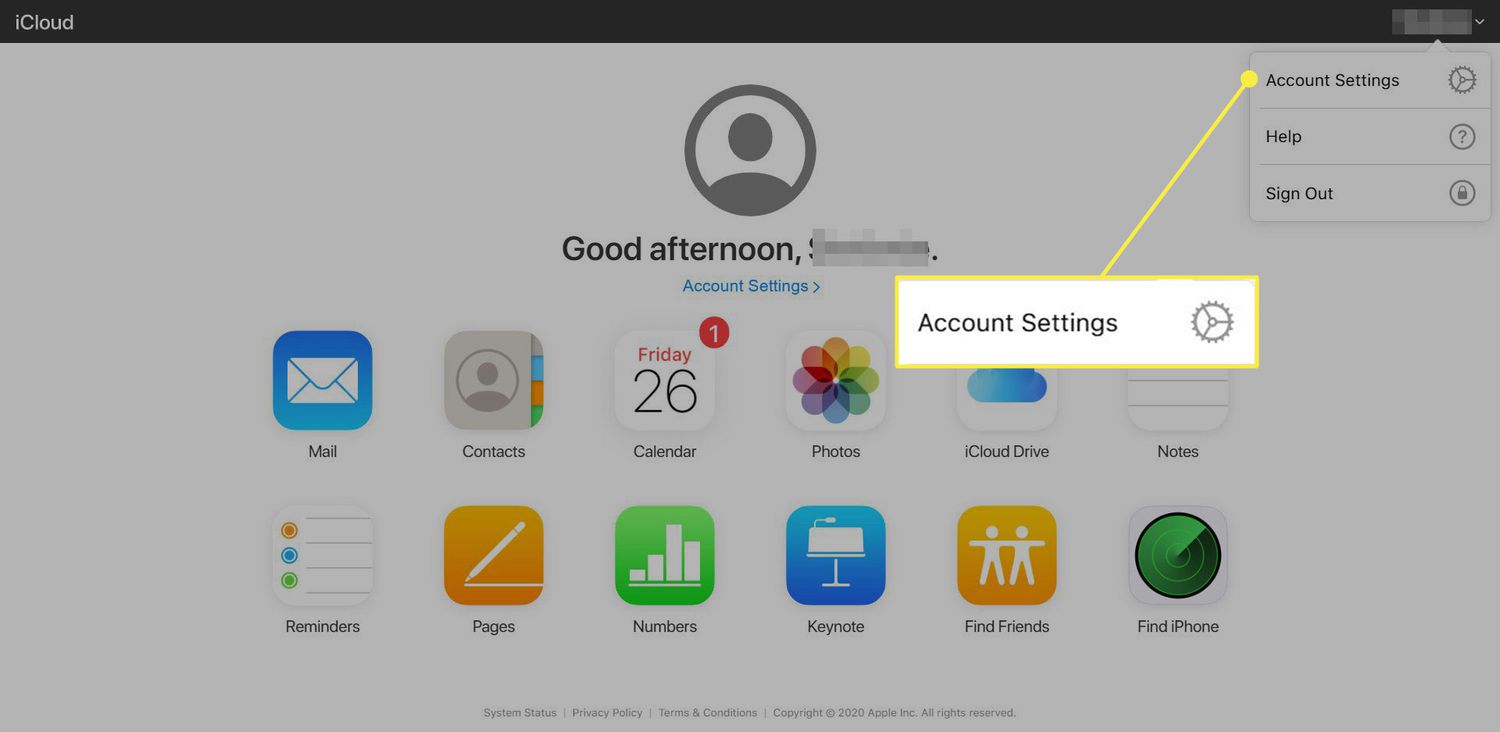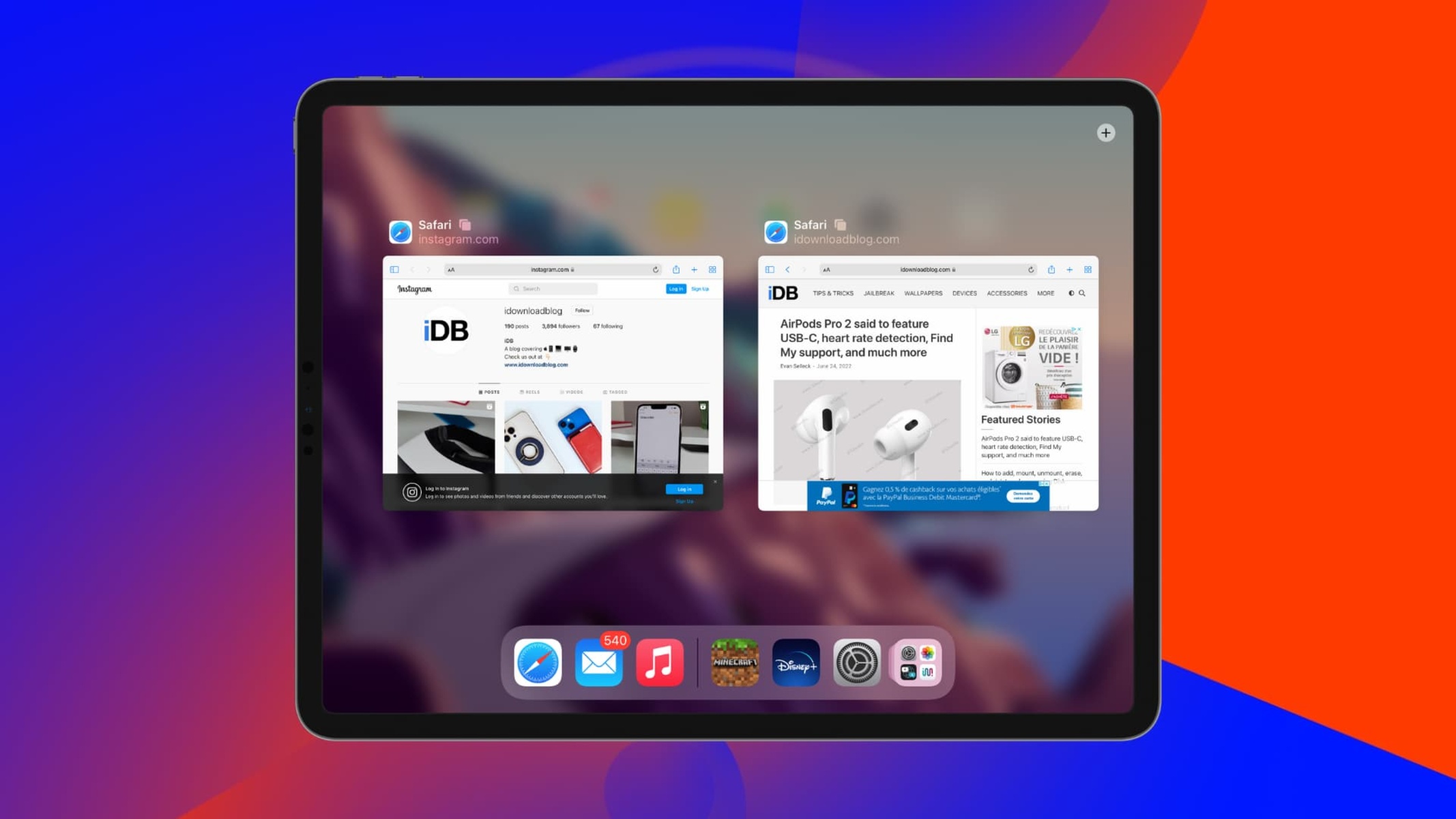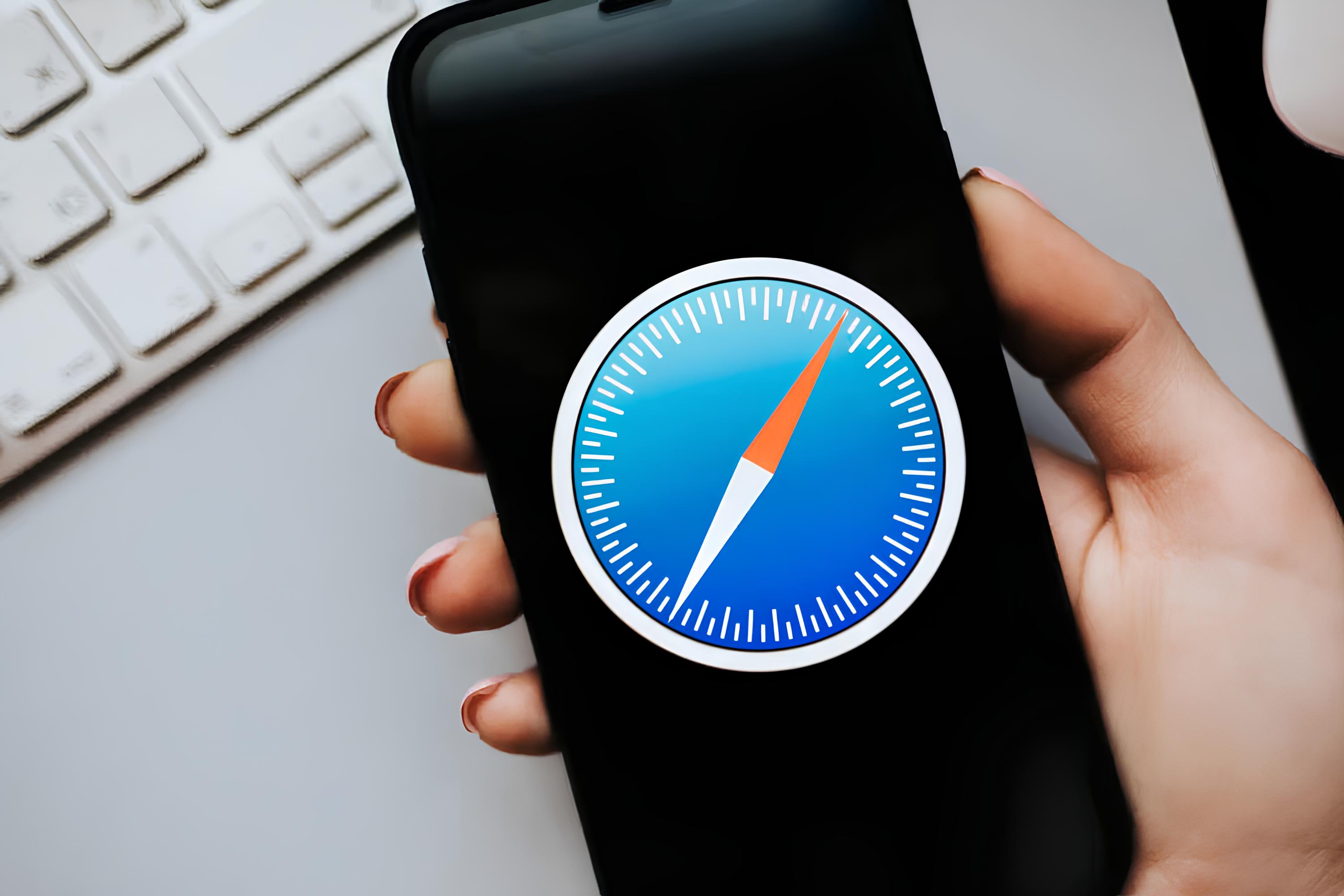Introduction
Have you ever experienced the sudden disappearance of your Safari browser? It can be quite perplexing and frustrating, especially if you rely on Safari for your daily web browsing activities. Safari, known for its sleek interface and seamless performance, is a popular choice among Mac and iOS users. However, there are instances where users encounter the unexpected vanishing act of this beloved browser.
The disappearance of Safari can disrupt your workflow and leave you scrambling to find a solution. Whether you use Safari for leisurely browsing, work-related research, or online transactions, its sudden absence can be a cause for concern. Understanding the potential reasons behind this disappearance and its impact is crucial for effectively addressing the issue and restoring your browsing experience.
In this article, we will delve into the possible reasons for the disappearance of Safari, explore the impact it can have on your browsing activities, and provide practical solutions to help you navigate through this perplexing situation. So, if you've ever found yourself wondering, "Why has Safari disappeared?" – fret not, as we're here to shed light on this enigma and guide you towards reclaiming your cherished browsing companion.
Possible Reasons for Safari Disappearance
The sudden disappearance of Safari can be attributed to various factors, each presenting its own set of challenges. Understanding these potential reasons is essential for effectively troubleshooting the issue and preventing future occurrences. Here are some possible reasons for the unexpected vanishing act of Safari:
-
Software Updates: Safari's disappearance may be linked to recent software updates. In some cases, an incomplete or unsuccessful update process can lead to the browser being inadvertently removed from the system. Additionally, compatibility issues between the browser and the operating system can result in Safari being disabled or uninstalled during the update process.
-
Corrupted Preferences: The corruption of Safari's preferences or settings can also contribute to its sudden disappearance. When the browser's configuration files become corrupted due to system errors or software conflicts, Safari may fail to launch or vanish from the applications list altogether.
-
Third-Party Software Interference: The installation of third-party software, particularly system optimization tools or security applications, can inadvertently interfere with Safari's functionality. These programs may modify system settings or conflict with Safari's components, leading to its unexpected disappearance.
-
User Error or Accidental Deletion: Human error, such as accidental deletion or moving of Safari's application files, can result in its disappearance from the system. This can occur when attempting to organize applications or clear disk space, leading to the unintentional removal of Safari.
-
Malware or Security Threats: The presence of malware or security threats on the system can compromise the integrity of Safari and other applications. Malicious software may target Safari's files, rendering the browser inoperable or causing it to vanish as a result of security breaches.
-
System File Corruption: System file corruption, often stemming from hardware issues, power outages, or improper shutdowns, can impact the stability of Safari and other applications. When critical system files become corrupted, Safari may cease to function or disappear from the system entirely.
Understanding these potential reasons for Safari's disappearance is crucial for effectively diagnosing and resolving the issue. By identifying the underlying cause, users can take targeted steps to restore Safari and prevent similar occurrences in the future.
Impact of Safari Disappearance
The sudden disappearance of Safari can have a profound impact on users' browsing experiences and daily activities. Whether it's for personal use, work-related tasks, or online transactions, the absence of Safari can disrupt workflows and create a sense of unease. Understanding the potential impact of this disappearance is essential for grasping the extent of the issue and its implications. Here's a closer look at the impact of Safari's disappearance:
Disrupted Browsing Routines
Safari serves as a familiar and reliable platform for users to access their favorite websites, conduct research, and engage in online activities. Its sudden disappearance can disrupt established browsing routines, leaving users without their preferred browser and prompting them to seek alternative solutions. This disruption can lead to a temporary loss of productivity and a sense of inconvenience as users navigate through unfamiliar browsers or applications.
Loss of Bookmarks and Preferences
For many users, Safari is a repository of bookmarks, saved passwords, and personalized preferences that streamline their browsing experiences. When Safari disappears, users may find themselves without access to their carefully curated bookmarks and settings, requiring them to recreate these preferences or seek methods to recover their lost data. This loss of personalized browsing elements can be disorienting and time-consuming to rectify.
Potential Security Concerns
The sudden absence of Safari raises concerns about the security of users' browsing activities. Without Safari's built-in security features and privacy settings, users may feel vulnerable to potential threats when using alternative browsers or applications. This shift can prompt users to reassess their online security measures and seek reassurance that their sensitive information remains protected in the absence of their trusted browser.
Impact on Work and Productivity
For individuals who rely on Safari for work-related tasks, its disappearance can significantly impact productivity and workflow efficiency. From accessing web-based resources to conducting research and communicating online, the absence of Safari can disrupt the seamless integration of browsing activities with work responsibilities. This impact can be particularly pronounced for professionals who depend on Safari's features for their daily tasks.
User Frustration and Discontent
The sudden disappearance of Safari can evoke feelings of frustration and discontent among users who value the browser's performance and user-friendly interface. Navigating through the unexpected absence of Safari may lead to a sense of inconvenience and dissatisfaction, prompting users to actively seek solutions and express their frustration over the disruption to their browsing experiences.
Understanding the multifaceted impact of Safari's disappearance underscores the significance of promptly addressing the issue and restoring users' access to their preferred browser. By acknowledging the challenges posed by its absence, users can take proactive steps to mitigate the impact and regain a sense of control over their browsing activities.
Solutions to Safari Disappearance
Addressing the sudden disappearance of Safari requires a systematic approach aimed at identifying the root cause and implementing targeted solutions to restore the browser to its rightful place. Here are practical solutions to navigate through the perplexing situation of Safari's disappearance:
Verify Application Status
Begin by verifying the status of Safari within the Applications folder or Launchpad. If Safari appears to be missing, it's essential to confirm whether it has been inadvertently moved to a different location or deleted. In some cases, users may overlook the browser's presence due to its relocation within the system. If Safari is located, simply drag it back to the Applications folder for easy access.
Software Updates and Reinstallation
Check for available software updates for the operating system and ensure that Safari is included in the update process. Installing the latest updates can resolve compatibility issues and restore Safari's functionality. If Safari remains missing, consider reinstalling the browser from the official source, such as the Mac App Store, to ensure a fresh installation that addresses any underlying issues.
Resetting Preferences and Settings
In instances where Safari's disappearance is linked to corrupted preferences or settings, resetting the browser can serve as a viable solution. This involves accessing Safari's preferences and clearing any corrupted or conflicting settings. Additionally, utilizing the "Reset Safari" feature within the browser can help restore its default configuration and address underlying issues.
Addressing Third-Party Interference
Identify and assess any third-party software installed on the system that may be interfering with Safari's functionality. System optimization tools, security applications, or browser extensions can inadvertently impact Safari's performance. Temporarily disabling or uninstalling these third-party programs can help isolate the source of interference and restore Safari's accessibility.
Malware Scans and Security Measures
Conduct a comprehensive malware scan using trusted security software to detect and eliminate any potential threats that may have compromised Safari's integrity. Implementing robust security measures, such as enabling built-in security features within the operating system and practicing safe browsing habits, can help safeguard Safari from future security breaches.
System File Integrity Checks
Perform system file integrity checks using built-in diagnostic tools or third-party utilities to identify and repair any corrupted system files that may be affecting Safari's functionality. Resolving system file corruption can contribute to the restoration of Safari and prevent similar occurrences in the future.
By implementing these solutions, users can effectively address the disappearance of Safari and restore their browsing experiences to normalcy. It's important to approach the troubleshooting process with patience and diligence, ensuring that each solution is applied methodically to identify and resolve the underlying cause of Safari's disappearance.







